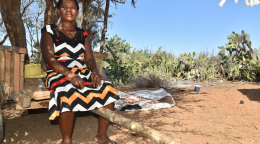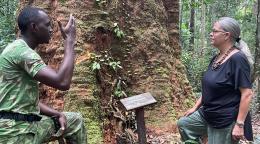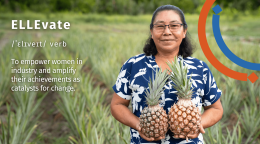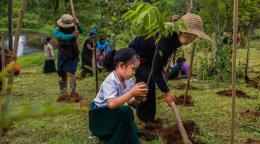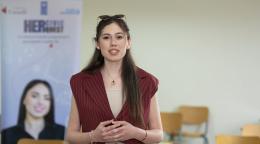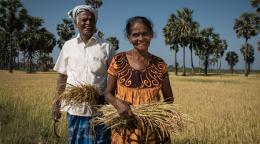Forests: our super-solution for climate change

Victims. Culprits. Beneficiaries. Saviours. In the face of a changing climate, our forests have taken on many roles. A powerful nature-based solution, forests are the world’s largest terrestrial carbon sink: a “technology” which also offers a ready source of food, livelihoods and habitats for millions of people. But the reality is more complex. Even as forests have helped slow down global warming, overexploitation, rising temperatures and wildfires and rapid deforestation threaten their existence.
How can we find balance between our reliance on forests and the urgency to protect them?
In the newly launched UN Forests Podcast, UNDP Goodwill Ambassador Michelle Yeoh is joined by Prof. Almut Arneth, Coordinating Lead Author of the IPCC Special Report on land and climate change and Roman Michalak from the UN Economic Commission for Europe to unpack the unique relationship between climate change and forests.
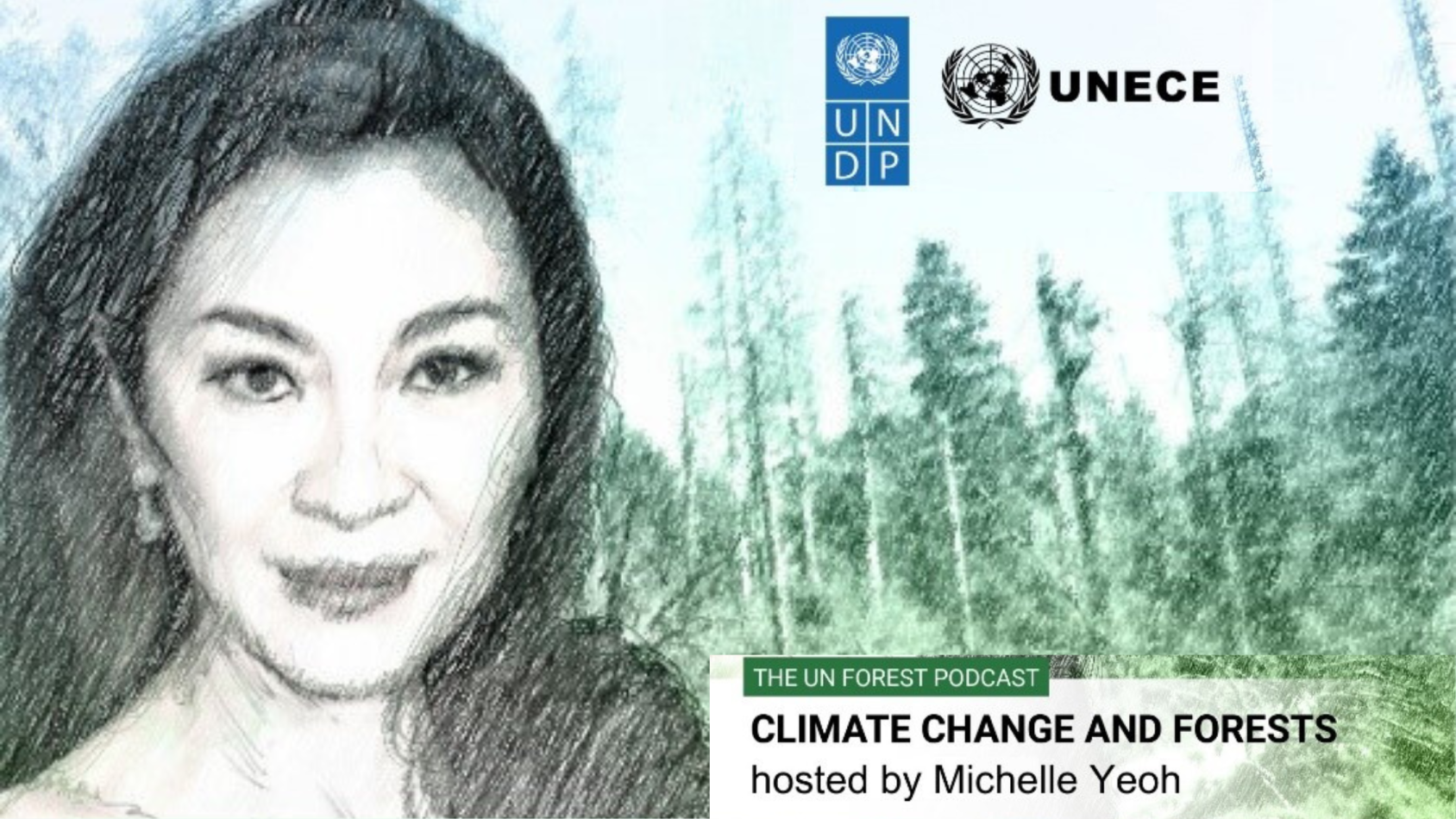
Here is a glimpse into the conversation (listen to the full podcast here).
The state of the world’s forests is a cause for concern:
Latest studies show that the world is losing forest area but at a slower rate than in the past, yet the “health” of our forests is concerning- with droughts and wildfires contributing to forest loss. For example, the drought in California between 2011 and 2015 is estimated to have killed 140 million trees, points out Prof. Arneth. This could have resulted in carbon emissions from those trees dying and fires, equivalent to about 10% of the state's total greenhouse gas emissions. In other parts of the world like Canada and Siberia, warmer temperatures are leading to an earlier spring or a later autumn which make forests grow better or longer. Yet with drier weather, hotter temperatures and less rainfall slows down forest growth.
Tree planting alone is not enough:
The main task at hand is to reduce fossil fuel emissions and emissions. While increasing existing forest area sounds favourable, this could have unintended consequences for agricultural land and biodiversity, potentially leading to increase in food prices and greater hunger. Often, monoculture (planting just one type or plant species) is considered an easy solution to the emissions challenge, but in fact, rather than replanting new trees, forests are healthier and more resilient to climate change if they remain mixed species.
The way we live makes a difference:
Many of us can contribute to stopping deforestation by consuming more sustainably. If higher income people, particularly those who live in larger houses and eat a lot of meat, start to consume less and reduce their land-use, there would be more land available to grow food, less pressure to cut down forests and more allocated areas for proper reforestation.
Much rests on the will and work of policymakers- making the right decisions and sticking to our global targets and commitments of 1.5 degrees from the Paris Agreement. UN Country teams around the world, including the UNECE are helping governments adopt a comprehensive approach to forest protection and management, climate change mitigation and adaptation- by analyzing data, monitoring trends, raising awareness and helping shape policy and implement solutions. Reversing deforestation and degradation can help accelerate our progress on climate action and the Sustainable Development Goals, for people and for planet.






